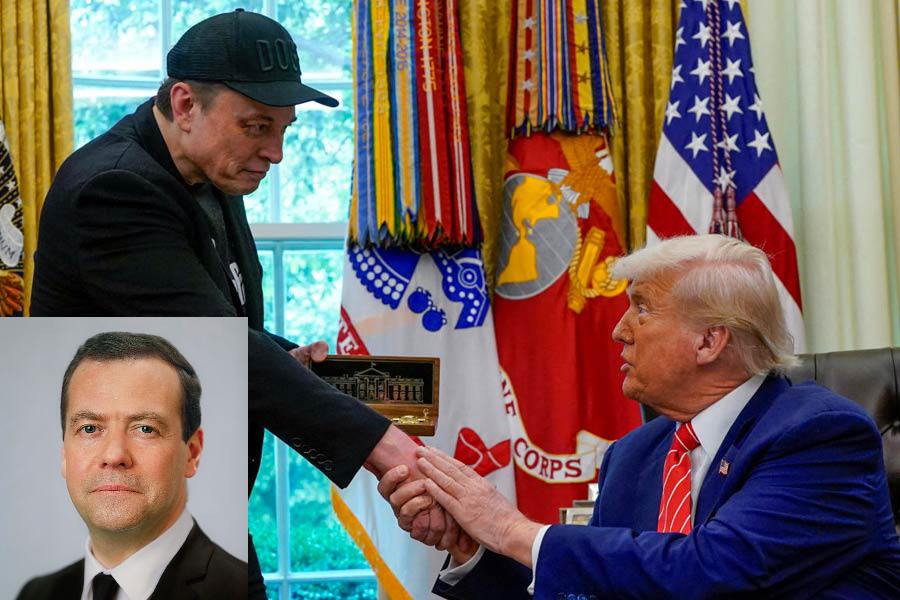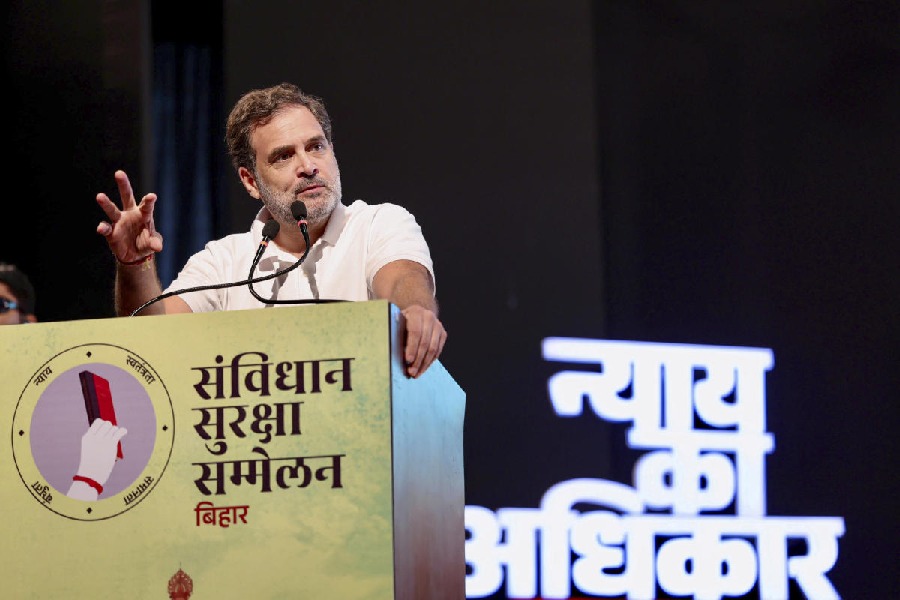 |
| The newly-opened kanilakhang. Picture by Pema Leyda Shangderpa |
Pelling (West Sikkim), May 8: The kanilakhang (sacred gate) of Sikkim’s premier monastery — Pemayangtse — was inaugurated today after a religious ceremony.
The new kanilakhang, an integral part of the monastery, replaces the old one which collapsed some 50 years ago and was left in disrepair and neglect.
The stones from the old structure were later used to construct chortens (stupas) nearby, senior monks from the monastery said.
The new structure is a welcome site for monks and tourists visiting one of the oldest monasteries built by the Namgyal dynasty in the 17th century.
The monastery follows the Nyingmapa sect and was built by the third Chogyal of Sikkim, Chakdor Namgyal, assisted by Buddhist saint Lhatsun Chenpo.
The gate was today “purified” in a rapnay (religious ceremony) performed by the Yangthang Rinpoche and monks of the monastery.
For the last 10 days, Vajra Guru mantra chanting has been going on at the Pemayangtse monastery.
Over 1,100 people including monks have been participating in the mantra recitations, which will end on May 11.
The reconstruction of the sacred gate has been funded by the Art and Culture Trust of Sikkim (ACT).
The gate, an integral part of Pemayangtse, is supposed to sanctify or purify souls visiting the monastery.
“A visitor is cleansed of his sins, bad intentions, thoughts and actions before entering the holy monastery,” members of the ACT told The Telegraph.
The ACT was formed in 2000 to address issues like the “degenerating” art, culture, tradition and language of the people of Sikkim, especially that of the Bhutias and Lepchas.
Film director Ugyen Chopel and his businessman friend Karma P. Takapa have been actively engaged in the reconstruction project since 2000.
They have not only raised funds for the project but were also instrumental in the evolution of the ACT. While Chophel is the managing trustee, Takapa is another of the ACT trustees.
The ACT has been working on a pilot project for preparing a detailed inventory of rare photographs, films and manuscripts donated to it by Chogyal Wangchuk Namgyal.
Organisations like the department of social anthropology of Cambridge University, the state culture department and the Namgyal Research Institute of Tibetology have shown interest in the project and are keen to help the ACT with it.
Talking about the kanilakhang, Ugyen Chopel, who is himself an “ordained” monk of the monastery, said that in 1995, the Dorji Lopen (head monk) of the monastery Lama Samten Dorjee, had shown great enthusiasm in rebuilding the gate. He had confided his wishes to Chopel.
The following month, the monk expired. “I felt it was his death wish and had to do something about it,” Chophel said. Now that the “death wish” has been fulfilled the structure has been dedicated to the head monk.










